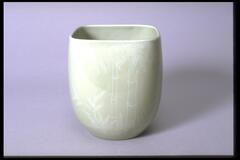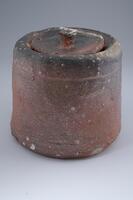90 UMMA Objects
90 UMMA Objects
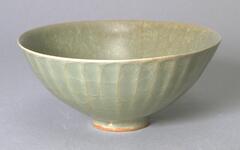
Chinese (Chinese (culture or style))
Bowl
13th century
Museum purchase for the James Marshall Plumer Memorial Collection
1964/2.73
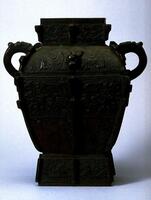
Chinese (Chinese (culture or style))
Fang lei (square wine vessel) with bas relief bird designs
1700 – 1899
Transfer from the College of Architecture and Design
1972/2.100
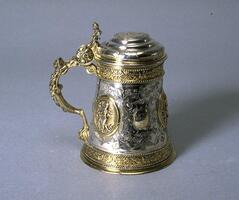
German
Tankard with Lid and scenes of Judith, Lucretia, and Venus
1600 – 1639
Museum Purchase
1966/2.18
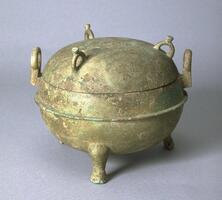
Chinese (Chinese (culture or style))
Ding (tripod vessel) with cover, in a squat spherical shape
9794 BCE – 220 CE
Museum purchase for the James Marshall Plumer Memorial Collection
1964/2.88
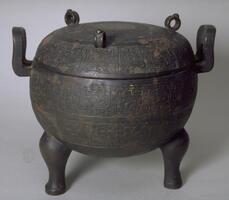
Chinese (Chinese (culture or style))
Ding (tripod vessel) and lid, with interlace design
9229 BCE
Transfer from the College of Architecture and Design
1972/2.98A&B
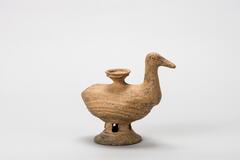
Korean (Korean (culture or style))
Vessel in the shape of a duck
200 – 399
Gift of Bruce and Inta Hasenkamp and Museum purchase made possible by Elder and Mrs. Sang-Yong Nam
2004/1.188
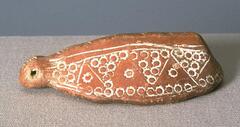
Malian
Ceramic Jewelry Molds (One of eighteen)
1900 – 1932
Gift of Prof. and Mrs. Horace M. Miner
1983/2.225
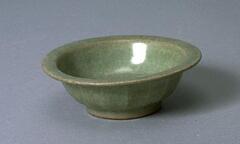
Chinese (Chinese (culture or style))
Bowl
13th century
Gift of Toshiko Ogita in memory of Tomoo Ogita
1987/1.292
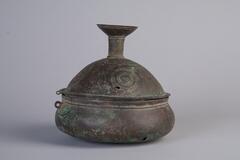
African (African (general, continental cultures))
Kuduo - Brass Container
1900 – 1985
Gift of Doran H. Ross
2010/1.170A&B
Loading…
